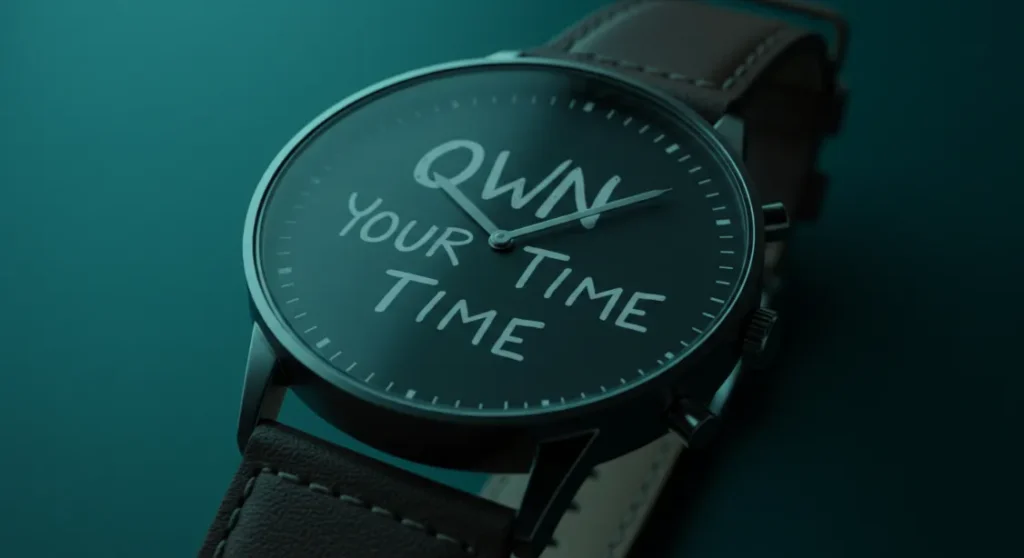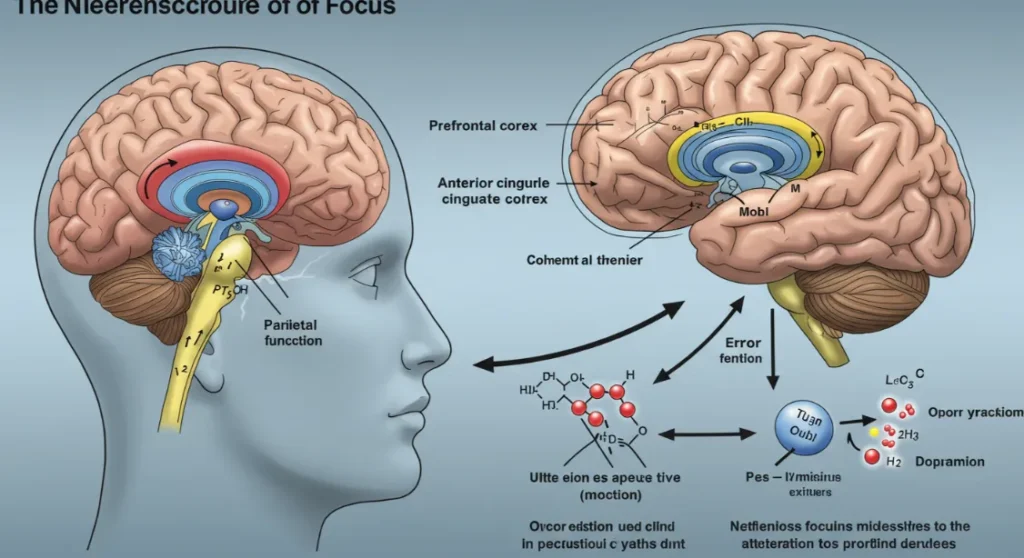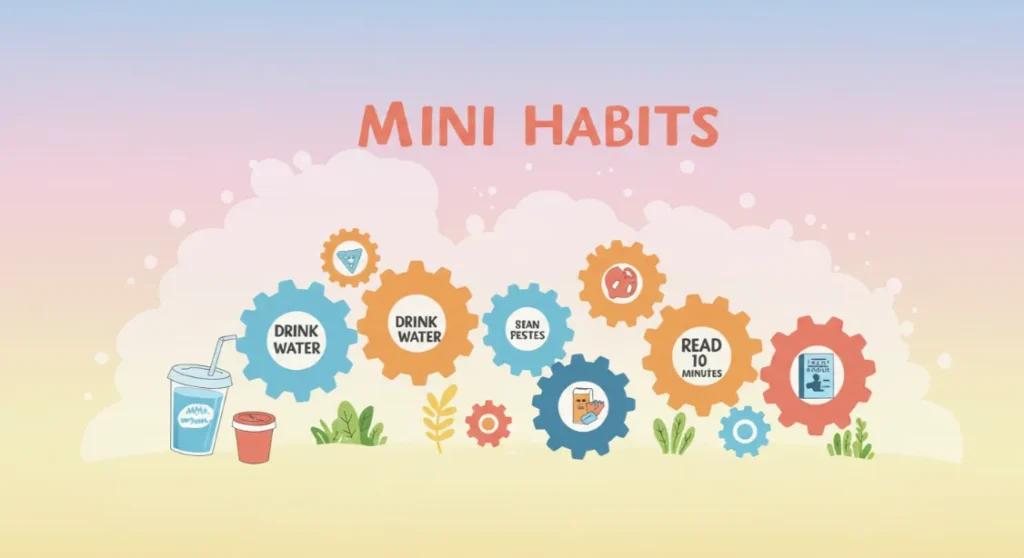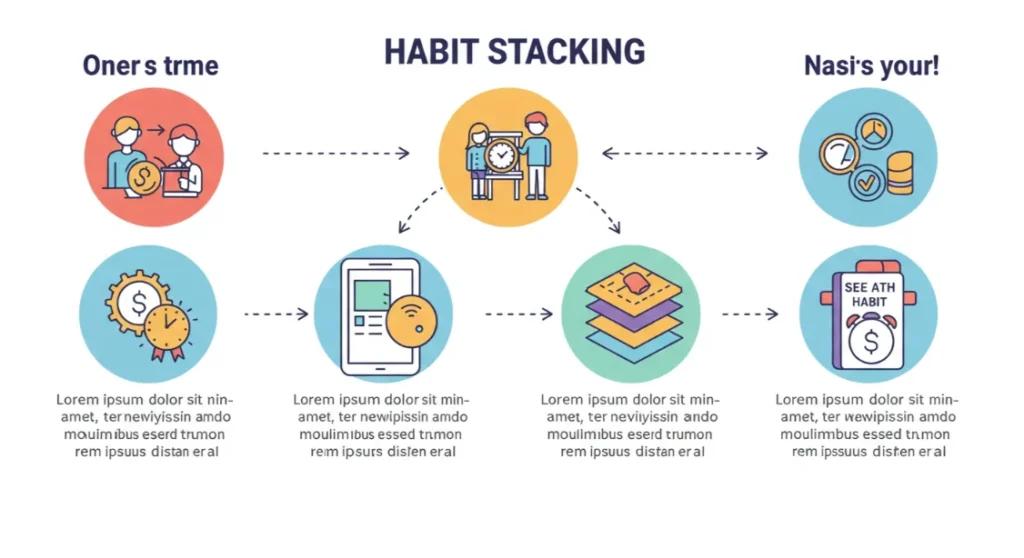Ever caught yourself binge-watching Netflix instead of tackling that important project? You’re not alone! A staggering 95% of people admit to procrastinating regularly, with 20% considering themselves chronic procrastinators. But why do we do it?
Let’s dive into the fascinating psychology behind procrastination and discover how to break free from its grip!
Key Takeaways
- Procrastination is a complex psychological phenomenon, not just laziness.
- Emotions play a crucial role in driving procrastination behaviors.
- There are different procrastination styles, each with unique characteristics.
- Self-compassion is more effective than self-criticism in overcoming procrastination.
- Breaking tasks into smaller, manageable chunks can help combat procrastination.
- Mindfulness and emotion regulation techniques can be powerful tools against procrastination.
The Procrastination Puzzle: What’s Really Going On?
Imagine you’re sitting at your desk, staring at a looming deadline. Suddenly, your phone buzzes with a new social media notification. Before you know it, you’re scrolling through cat videos, and an hour has vanished. Sound familiar?
Procrastination isn’t just about poor time management or laziness. It’s a complex psychological dance between our emotions, beliefs, and behaviors. Let’s break it down:
The emotional rollercoaster

At its core, procrastination is often an emotional regulation problem. When we face a task that triggers negative emotions like anxiety, boredom, or frustration, our brain seeks a quick escape.
This is where the psychology of procrastination comes into play. Dr. Tim Pychyl, a procrastination researcher, puts it perfectly: “Procrastination is an emotion regulation problem, not a time management problem.”
The Present Bias

Our brains are wired to prioritize immediate rewards over long-term benefits. This “present bias” makes it challenging to stay on track with goals that don’t offer instant gratification.
It’s like choosing a cookie now over a healthier body later—our brain loves that immediate sugar rush!
The Perfectionism Trap

For some, procrastination is a shield against potential failure or criticism. If we never start, we can’t fail, right? This perfectionist mindset can paralyze us into inaction.
Procrastination Styles: Which One Are You?
Not all procrastinators are created equal! Research has identified several distinct procrastination styles. Let’s take a look at the most common ones:
| Procrastination Style | Description | Common Behaviors |
|---|---|---|
| The Perfectionist | Delays tasks due to fear of imperfection | Overpreparation, constant revision |
| The Dreamer | Has big ideas but struggles with details | Starting many projects, finishing few |
| The Avoider | Puts off tasks to avoid negative emotions | Distracting themselves with other activities |
| The Crisis-Maker | Thrives on last-minute pressure | Waiting until the deadline is imminent |
| The Defier | Resists external expectations or control | Deliberately delaying tasks assigned by others |
Recognizing your procrastination style is the first step towards overcoming it. It’s like having a personalized roadmap to productivity!
The emotional rollercoaster of procrastination
Emotions play a starring role in the procrastination drama. Let’s break down the emotional cycle:
- Task Aversion: You face a task that triggers negative emotions.
- Avoidance: To escape these feelings, you seek out more pleasant activities.
- Temporary Relief: You feel better… for a moment.
- Guilt and anxiety: As the deadline looms, negative emotions intensify.
- Last-Minute Rush: Panic sets in, leading to a frenzied attempt to complete the task.
This cycle can be exhausting and stressful. But don’t worry—there’s hope! By understanding this emotional pattern, we can start tobreak free from procrastination.
Strategies to Outsmart Your Procrastinating Brain

Ready to kick procrastination to the curb? Let’s explore some science-backed strategies:
1. Practice self-compassion.

Beating yourself up for procrastinating? Stop right there! Research shows that self-compassion is far more effective than self-criticism. Treat yourself with kindness, just as you would a friend struggling with the same issue.
2. Break It Down
Large tasks can be overwhelming. Try the “Swiss cheese” method: poke small holes in the task by breaking it into tiny, manageable chunks. This approach can help you get more done in less time.
3. Use the 5-Minute Rule

Commit to working on a task for just 5 minutes. Often, getting started is the hardest part. Once you begin, you might find yourself in the flow and continue working.
4. Harness the Power of Routines

Create a structured routine that includes dedicated work time. This can help bypass the decision-making process that often leads to procrastination.
5. Practice mindfulness.

Mindfulness can help you become aware of the urge to procrastinate without automatically acting on it. Try incorporating mindfulness for productivity into your daily routine.
6. Visualize Success

Imagine yourself successfully completing the task and enjoying the benefits. This positive visualization can boost motivation and reduce task aversion.
The Neuroscience of Focus: Your Brain on Procrastination
Let’s geek out for a moment and look at what’s happening in your brain when you procrastinate:
| Brain Region | Function | Role in Procrastination |
|---|---|---|
| Prefrontal Cortex | Decision-making, planning | Weakened activity during procrastination |
| Limbic System | Emotion processing | Overactive, driving avoidance behaviors |
| Amygdala | Fear and anxiety center | Can trigger procrastination as a defense mechanism |
Understanding the neuroscience of focus can help us develop targeted strategies to overcome procrastination. It’s like having a user manual for your brain!
Embracing Imperfection: The Key to Productivity
Remember, the goal isn’t to become a productivity robot. It’s about finding a balance that works for you. Sometimes, a little procrastination can even be beneficial—it’s called procrastinate productively!
The key is to approach your tasks with curiosity and self-compassion. Embrace imperfection and focus on progress, not perfection. As you implement these strategies, you’ll likely find yourself naturally overcoming laziness and procrastination.
Conclusion: Your Procrastination-Free Future
Congratulations! You’ve just taken a giant leap towards understanding and overcoming procrastination.
Remember, change doesn’t happen overnight. Be patient with yourself as you implement these strategies.
By identifying your procrastination habits, understanding the emotions behind them, and using specific strategies, you can boost your productivity. Who knows? You might even find yourself helping others stop procrastinationin the future!
So, what are you waiting for? There’s no time like the present to start your journey towards a procrastination-free life. Your future self will thank you!
Resources
- “The Now Habit” by Neil Fiore – Amazon Link
- “Solving the Procrastination Puzzle” by Timothy A. Pychyl—Goodreads Link
- Procrastination Research Group – Website
- TED Talk: “Inside the Mind of a Master Procrastinator” by Tim Urban (YouTube Link
- Mindfulness-Based Stress Reduction (MBSR) Online Course: Palouse Mindfulness
- The Pomodoro Technique: Official Website